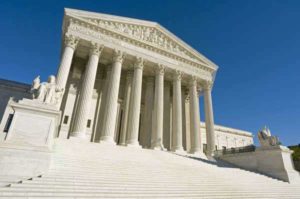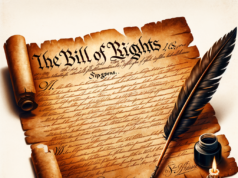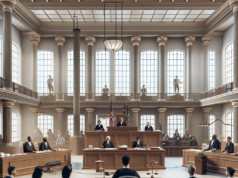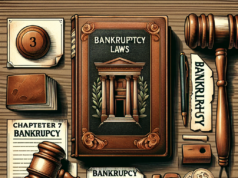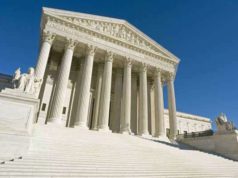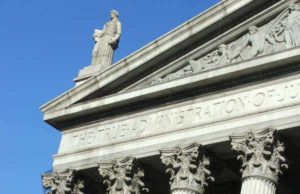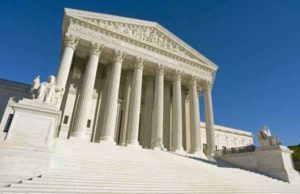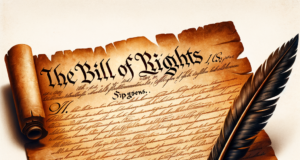The High Court serves as the apex of the judicial system, wielding significant influence over the interpretation of laws and the protection of constitutional rights. Its decisions often resonate beyond the courtroom, shaping societal norms and legal frameworks. However, some rulings have sparked intense debate and controversy, raising questions about the balance between judicial authority and public sentiment. This article delves into the High Court’s most contentious decisions, exploring their implications for society and the legal landscape.
Understanding the Role of the High Court in Shaping Legal Precedents
The High Court plays a pivotal role in establishing legal precedents that guide lower courts and influence legislative processes. As the final arbiter of legal disputes, its interpretations of constitutional provisions and statutory laws set benchmarks for future cases. This authority not only ensures consistency in the application of the law but also serves as a check on legislative and executive powers. The High Court’s decisions can either reinforce existing legal norms or challenge them, reflecting the evolving values and priorities of society. Consequently, the Court’s rulings often become focal points for public discourse, particularly when they address contentious social issues.
An Overview of the Most Controversial High Court Decisions in Recent History
In recent years, several High Court decisions have ignited widespread debate and controversy. Notable among these is the ruling on same-sex marriage, which not only redefined the legal understanding of marriage but also prompted significant societal shifts regarding LGBTQ+ rights. Another pivotal case involved the interpretation of the Second Amendment, which reignited discussions on gun control and individual rights. Additionally, rulings on healthcare, immigration, and environmental regulations have further polarized public opinion. Each of these decisions has not only shaped legal precedents but has also underscored the High Court’s role as a battleground for competing ideologies and values.
Analyzing the Impact of Landmark Rulings on Society and Legal Frameworks
The impact of landmark High Court rulings extends far beyond the immediate legal implications. These decisions often catalyze social movements, prompting citizens to mobilize for change or to defend existing rights. For instance, the legalization of same-sex marriage not only transformed the legal landscape but also fostered greater acceptance and visibility for LGBTQ+ individuals. Similarly, rulings on reproductive rights have galvanized advocacy groups, influencing public policy and electoral outcomes. Furthermore, these decisions can lead to legislative responses, as lawmakers seek to align statutory laws with judicial interpretations. Thus, the ripple effects of High Court rulings can reshape societal norms and legal frameworks, often in profound and lasting ways.
The Dissenting Opinions: Voices of Discontent in High Court Rulings
Dissenting opinions within High Court rulings provide critical insights into the complexities of legal interpretation and the ideological divides among justices. These dissenting voices often articulate concerns about the implications of the majority’s decisions, highlighting potential injustices or unintended consequences. For example, dissenters in cases related to civil liberties frequently warn against the erosion of individual rights in the face of governmental authority. Such opinions not only contribute to the legal discourse but also serve as a historical record of dissent that may influence future cases. They remind the public and legal scholars alike that the interpretation of law is not monolithic and that differing perspectives are essential for a robust judicial system.
Public Reactions: How Controversial Decisions Influence National Discourse
Controversial High Court decisions often provoke strong reactions from the public, reflecting the deeply held beliefs and values of various communities. Social media platforms, news outlets, and public demonstrations become arenas for expressing support or opposition to these rulings. For instance, the decision to uphold or strike down certain laws can mobilize grassroots campaigns, influencing voter behavior and shaping political agendas. Moreover, these reactions can lead to broader discussions about the role of the judiciary in a democratic society, prompting citizens to engage in debates about judicial activism versus restraint. As such, the public’s response to High Court decisions plays a crucial role in shaping national discourse and can ultimately impact future judicial appointments and legislative priorities.
Future Implications: What These Decisions Mean for the Judicial System Ahead
The implications of controversial High Court decisions extend into the future, influencing not only the current legal landscape but also the trajectory of judicial philosophy. As societal values continue to evolve, the High Court may face increasing pressure to adapt its interpretations to reflect contemporary norms. This dynamic raises critical questions about the balance between judicial independence and accountability, as well as the potential for future courts to revisit or overturn established precedents. Additionally, the politicization of the judiciary may lead to heightened scrutiny of judicial appointments and the potential for ideological shifts within the Court itself. Ultimately, the ongoing dialogue surrounding these decisions will shape the future of the judicial system, as it grapples with the challenges of maintaining legitimacy and public trust in an increasingly polarized society.
In conclusion, the High Court’s most controversial decisions serve as a testament to its profound influence on legal precedents and societal norms. As these rulings continue to spark debate and shape public discourse, they underscore the importance of an engaged citizenry and a responsive judicial system. The interplay between the Court’s decisions and societal values will undoubtedly evolve, presenting both challenges and opportunities for the future of justice and governance. As we reflect on these landmark rulings, it is essential to recognize their lasting impact on the fabric of our society and the ongoing quest for a fair and equitable legal system.

